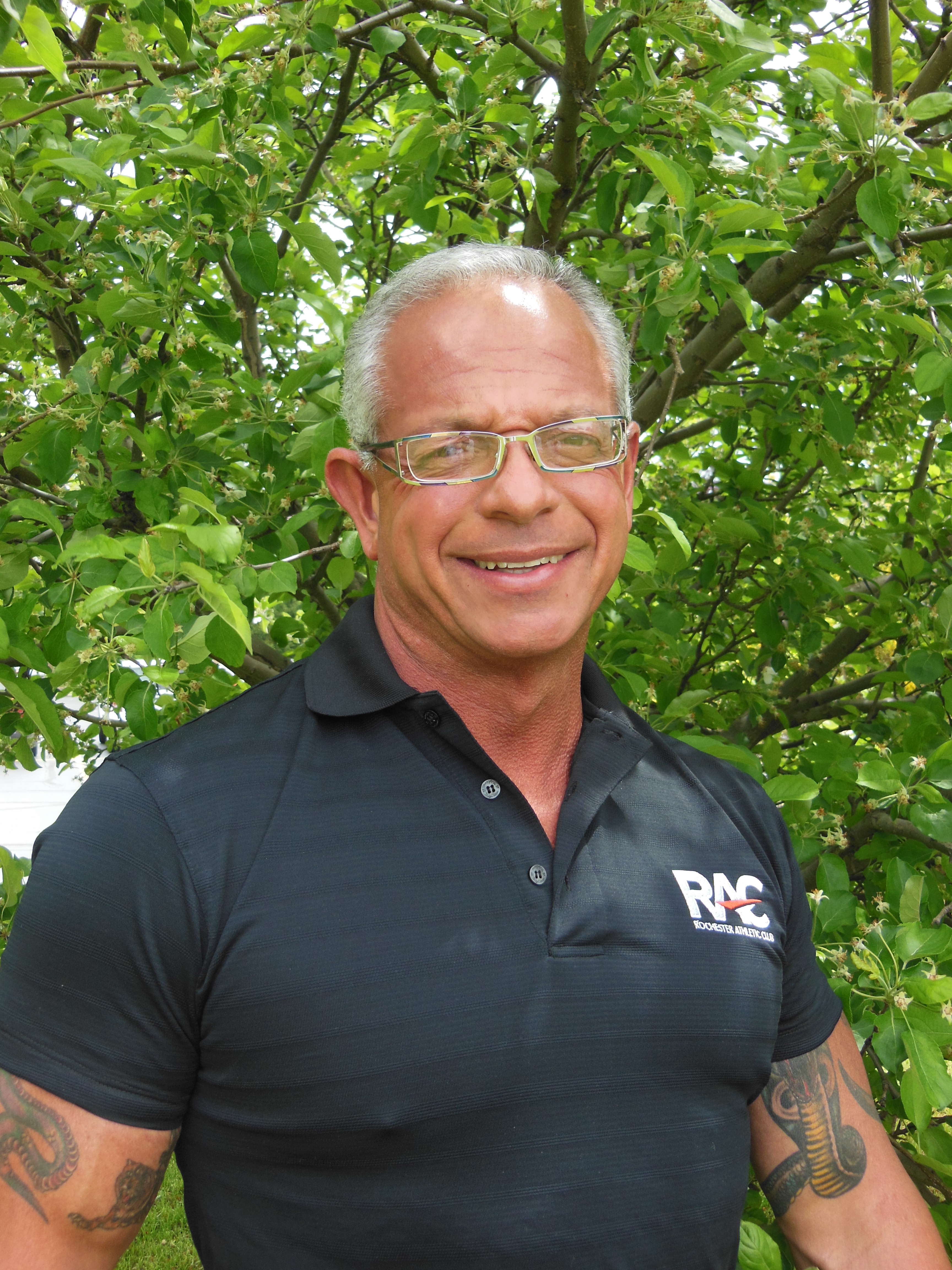We’ve all had them before. Tough clients. Those people that just don’t seem to be interested in their own health. The one’s where you feel like you’re pulling teeth to convince them to come train with you, even for a free session! I’ve put together these quick 12 best reasons to exercise so you can share some of these practical reasons with those potential clients who just don’t want to budge.
- Consistent exercise increases cardiovascular capacity. Studies indicate that aerobic exercise will improve lung capacity and energy levels.
- Exercise increases strength levels. Research has shown that weight bearing exercise can increase strength levels as much as 200%.
- Exercise improves mental sharpness. Numerous studies have shown that individuals who exercise regularly have better memories, better reaction times and better levels of concentration than non-exercisers. All factors considered, research suggests that exercise can do for your mind what it does for your body–energize and revitalize it.
- Exercise improves the quality of sleep. Researchers have found that exercisers are more refreshed, go to sleep more quickly and sleep more soundly than individuals who do not exercise.
- Exercise improves the quality of your life. The old adage, “add life to your years, as well as years to your life by exercise” has considerable merit. A properly designed exercise program gives you more energy to do the activities you enjoy and enhance your functional capability to do the things you like to do at home, work and play.
- Exercise relieves depression. Several noted psychologists have concluded, “Exercise is nature’s best tranquilizer.” Researchers have found, for example, that mildly to moderately depressed individuals who engage in aerobic exercise for 15 to 30 minutes at lease every day typically experience a positive mood swing within 2 to 3 weeks.
- Exercise prevents certain types of cancer. Several studies have found that physical activity, even at relatively low intensity levels, can play a positive role in preventing some types of cancer. To date, these investigations have shown that exercise has its greatest impact against colon cancer, breast cancer and cancers of the female reproductive organs (e.g., endometrium, cervix, uterus and vagina).
- Exercise enhances self-image. Research has documented the assertion that individuals who exercise regularly feel better about themselves than do sedentary individuals. Strong evidence exists that all factors considered, the more often that you exercise, the more your sense of well-being, personal value and self-esteem goes up.
- Exercise relieves stress and anxiety. Several studies indicate that exercise dissipates hormones and other chemicals that build up during periods of high stress. Exercise also generates a period of substantial emotional and physical relaxation that sets in approximately an hour and a half after a relatively intense bout of physical activity.
- Exercise reduces the risk of heart disease. Experts have found that non-exercisers have twice the risk of developing heart disease than individuals who exercise regularly. Furthermore, individuals who exercise on a regular basis are at least 20% less likely to suffer a fatal heart attack. The point to remember is that your heart needs more than love–it needs the beneficial consequences of exercise (e.g., reduced demand on your heart to pump blood, increase stroke volume, lower heart rate, less wear on your cardiovascular system).
- Exercise can slow the aging process. It is never too late to improve the functional quality of your life. Sound exercise can slow the age-related decline in the various physiological systems that many individuals experience as they get older. For example, instead of losing aerobic fitness, as older adults often do, typically at the rate of 10% per year, proper exercise can increase your aerobic capacity as you age. Furthermore, sound strength training exercise can reverse the loss of muscular fitness that typically occurs in older adults.
- Exercise increases the “good” (HDL) cholesterol. Exercise is one of the few voluntary activities that are effective in raising your level of HDL — the type of cholesterol that lowers your risk of heart disease. In fact, research indicates taht for every 1% increase in HDL you experience, you incur a 2% to 3% reduction in your risk of heart disease. At the same time exercise increases your level of HDL, it lowers your level of LDL (the “bad” cholesterol).
What are some more great reasons to get out there and exercise?
 Robert Bovee Certified Master PPT, RTS, ETS, FTS
Robert Bovee Certified Master PPT, RTS, ETS, FTS
As one of the most successful Professional Personal Trainers and Exercise/Fitness Therapists in the United States, Robert continues to remain at the forefront of the industry by providing his clients with a thorough education and the tools to implement that education. By improving his client’s physical health, strength, endurance, cardiovascular fitness and nutritional habits, he is able to motivate them to lead longer, happier and more productive lives. Find out more about Robert and his personal training career and services, here.






